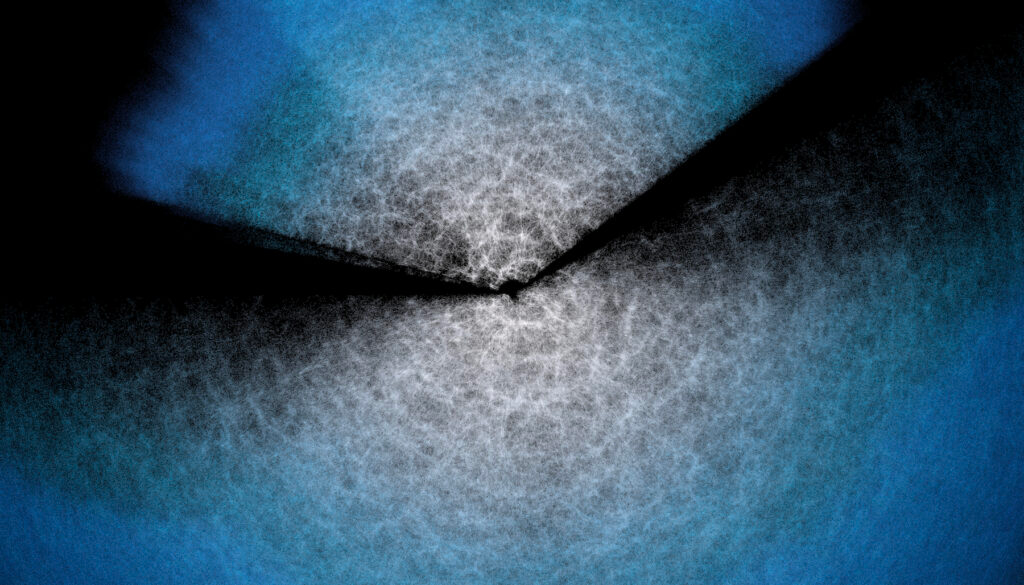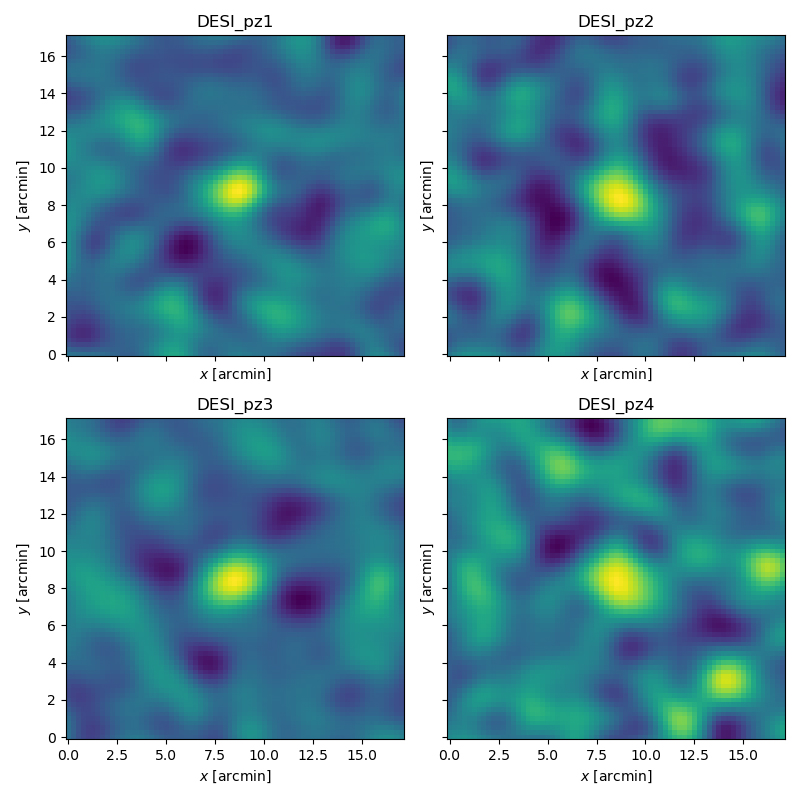Cosmology these days is dominated by the search for things we are confident exist, but can’t find or explain: dark energy, dark matter, and “missing matter”. Now a large collaboration claims to have found the last of these. While the failure to find missing matter has not drawn anything like the resources or attention of the first two, it should be easier, so continued failure would be even more embarrassing. Consequently, if this work – which is yet to complete peer review – stands up to scrutiny, it will provide something of a relief.
Missing matter differs from dark matter in that it is made up of the same particles as we are, along with everything we are familiar with. Indeed, it is thought to be predominantly hydrogen, like two out of three of the atoms in the water in our bodies. However, when we look around the nearby universe, there is less of this ordinary matter than in more distant parts of the universe.
This suggests that some time in the last 14 billion years or so, around half the ordinary matter formed in the Big Bang became hard to find. One could construct unlikely explanations based around the missing matter being devoured or converted into something else, but few physicists have got that desperate yet. Instead, they suspected the matter was hiding somewhere we struggled to see, and it seems they were right.
The most popular explanation for the missing matter is that it is present in vast low-density clouds of ionized gas. Ionized hydrogen is very difficult to detect, particularly when the density is low. Of course, at low density these clouds would need to be spectacularly large to contain the missing amount of mass, but have been considered the most likely suspect.
New measurements taken around galaxies by 75 scientists appear to support this idea, with gas found five times farther from the galactic centers than had been anticipated prior to the missing matter mystery changing those anticipations. Five times the radius means 125 times the volume, so the gas can be very low-density indeed and still have a lot of mass.
“We think that, once we go further away from the galaxy, we recover all of the missing gas,” said Dr Boryana Hadzhiyska of UC Berkeley in a statement. Nevertheless, finding some of the missing matter doesn’t mean the team have located it all. “To be more accurate, we have to do a careful analysis with simulations, which we haven’t done. We want to do a careful job,” Hadzhiyska said.
Nevertheless, Dr Simone Ferrar said, “The measurements are certainly consistent with finding all of the gas.”

A map of the universe created by the DESI collaboration with Earth at the center and each galaxy marked as a dot. The map was created for the search for dark matter, but the data was useful for finding the missing ordinary matter as well.
Image credit: DESI collaboration and KPNO/NOIRLab/NSF/AURA/R. Proctor
Besides the satisfaction of probably solving a mystery, the work appears to reveal something about the activity of supermassive black holes (SMBHs) at the heart of galaxies, implying they are more active than we thought.
The ionized gas is thought to reach these vast distances as a result of being expelled by the galaxy’s SMBH. The distances at which it was found require either another method for expulsion, or the SMBHs to be unexpectedly active. The authors currently favor the latter, and think the cycle in which SMBHs cause the center of their galaxies to become active is more complex than previously thought. This explanation gains support from evidence the gas halo is made up of filaments, rather than being evenly distributed.
The team searched for the missing matter by stacking images of around 7 million red galaxies within 8 billion light-years of Earth on top of each other and looking for the cosmic microwave background radiation. The ionized hydrogen is too dark and diffuse to find with traditional techniques, but it still scatters the microwave background. Comparing scattering strength close to galaxies and in the spaces in-between reveals the presence of gas. Unlike other methods, this approach is not affected by the temperature of the gas, only how much of it there is.

Images of galaxies at different distances taken in frequencies associated with the cosmic microwave background and stacked on top of each other, revealing scattering (seen here as yellow).
Image credit: Boryana Hadzhiyska and Simone Ferraro, with data from DESI and ACT; Hadzhiyska et al
“The cosmic microwave background is in the back of everything we see in the universe. It’s the edge of the observable universe,” Ferraro said. “So you can use that as a backlight to see where the gas is.” Red galaxies are highly evolved, having passed through the rapid star formation stage. It is thought their SMBHs are usually quiet, which is why they were used for this study, but that may require reconsideration,
Solving the distribution of the missing matter could be a stepping stone to finding dark matter, whose gravity should influence how the gas disperses, although so far the team’s findings appear inconsistent with this. Instead, the gas appears to stretch far beyond where the effects of dark matter can be observed.
The study has been submitted to Physical Review Letters, and is available on ArXiv.org while it undergoes peer review.
Source Link: We’ve Found The Missing Half Of Ordinary Matter In Puffed-Up Galaxies